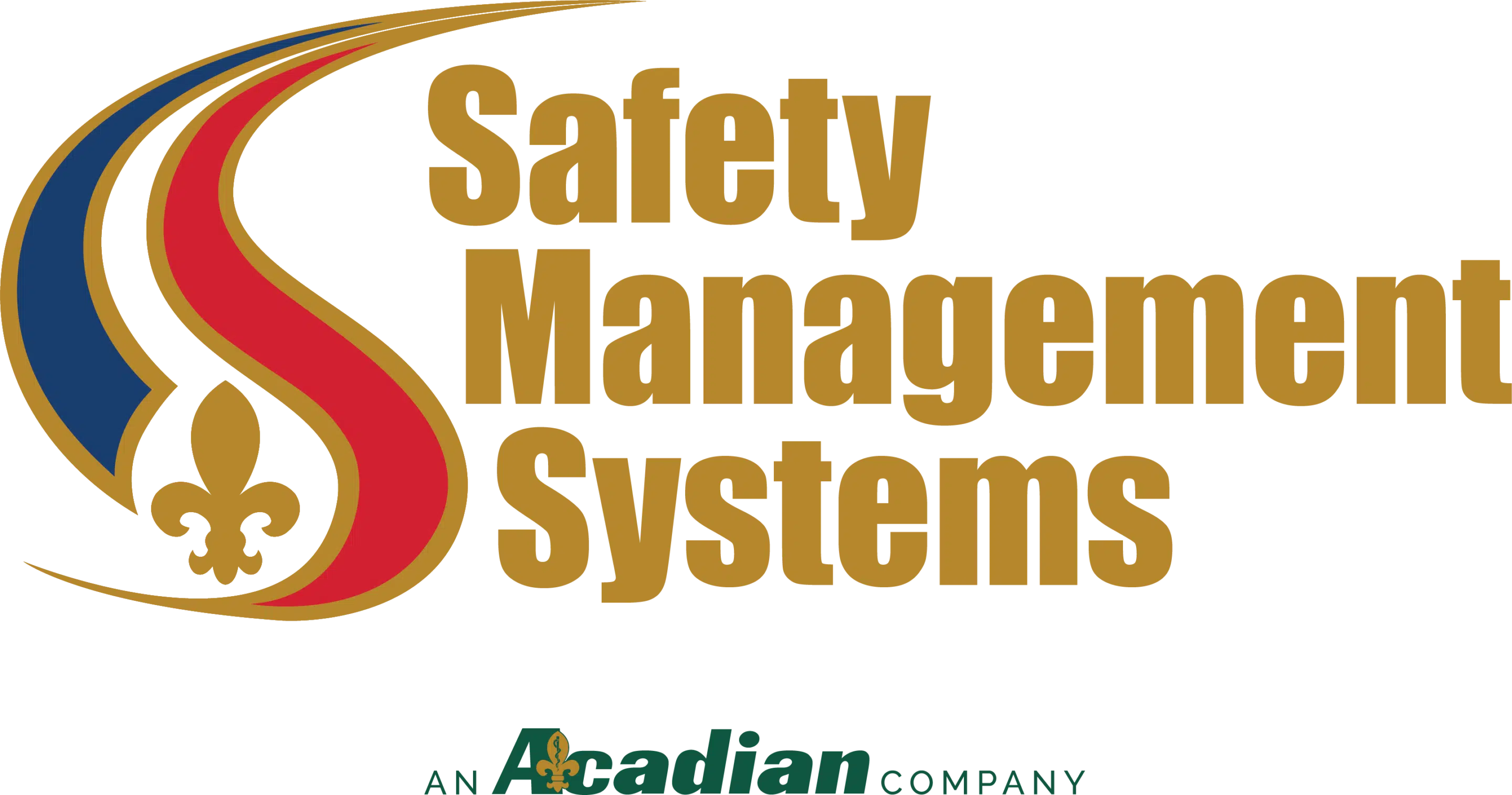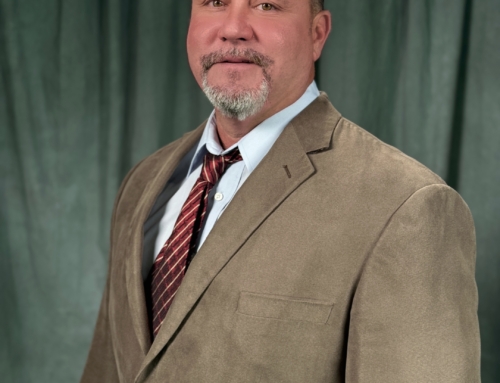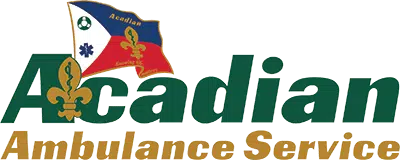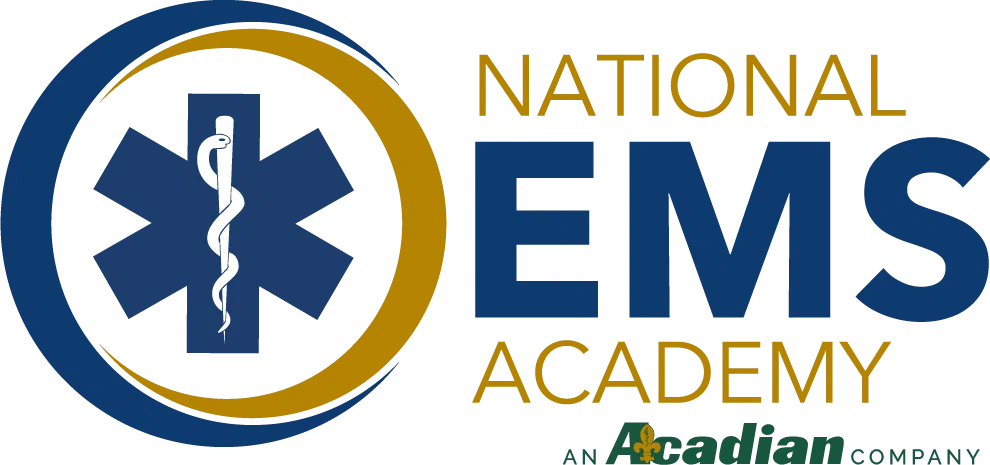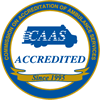Safety Management Systems has operated in California for five years, providing safety specialists, consulting, auditing and industrial hygiene (IH) services. In early 2017, our crews were called to the Oroville Dam, located north of Sacramento, to assist in damage response, repair work and release of the dam’s emergency spillway.
The Backstory
After record rainfall occurred in the region during February 2017, Lake Oroville, which feeds into the dam, rose from receiving 30,000 cubic feet of water per second to more than 130,000 cubic feet per second in the span of one day. At that time, a crater in the dam’s spillway was discovered. Due to the significant damage of the crater, spillway flow was reduced to minimize additional damage. As a result, water levels in Lake Oroville rose to full capacity, prompting the state to utilize an emergency spillway. A few days after the spillway crater was discovered, erosion was found beneath the emergency spillway. Authorities feared that a failure of the emergency spillway could result in the release of a 30-foot wall of water into the towns below the dam, prompting the emergency evacuation of nearly 200,000 residents in the immediate area. A break in the weather allowed the California Department of Water Resources (DWR) time to reopen the spillway long enough to lower the lake’s water to a safe level.
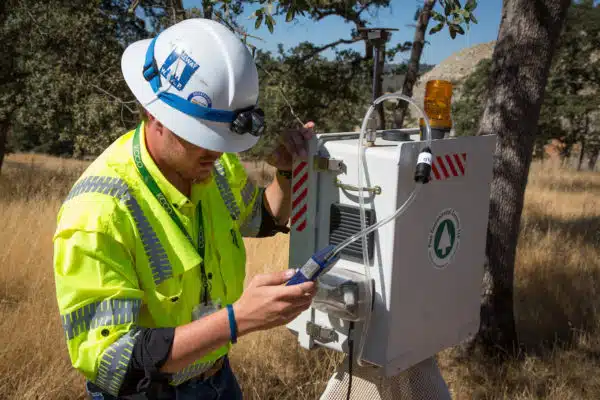
Robert Segelquist, an Industrial Hygiene Technician for Safety Management Systems, checks an air monitoring station along Burma Road at the Lake Oroville spillway recovery site in Butte County, California. Photo taken July 17, 2017.
Dale Kolke / California Department of Water Resources
Safety Management Systems’ Involvement
Upon discovery of the damage, SMS safety team members immediately deployed to the Oroville Dam spillway incident site to assist in the efforts to mitigate and repair spillway damage. They worked alongside DWR’s safety engineers and CAL FIRE’s incident management teams to aid in the development of pre-work safety plans for all work activities and to provide line safety oversight to ensure the safety of all workers at the incident.
In early March 2017, an investigation found the presence of naturally occurring asbestos at the work site. SMS’ Industrial Hygiene (IH) technicians stepped in to recognize, evaluate and control dust and potential exposure to airborne asbestos fibers. In addition, they are providing a range of other IH services including recognizing, evaluating and controlling dust and potential exposure to airborne asbestos fibers, air sampling, rock crusher aggregate testing, employee exposure testing and dust station telemetry.
Since this story was originally published, the project has evolved as Safety Management Systems progresses. “We currently have 13 employees directly supporting this effort, which include 12 industrial hygiene technicians and one certified industrial hygienist,” says West Coast Regional Manager Ryan Hester, CSP, CAC. This number has decreased since the response began, but Hester says they plan to add two more industrial hygiene technicians in the coming months. Since the incident, SMS has dedicated up to 15 employees directly supporting this effort, including industrial hygiene technicians, a certified industrial hygienist, three safety specialists and one safety consultant.
Ryan adds, “At this time, the project is anticipated to run through December 2018 in order to ensure that the dam and surrounding areas are safe for area residents.”
To read more about the Oroville Spillway Recovery visit:
